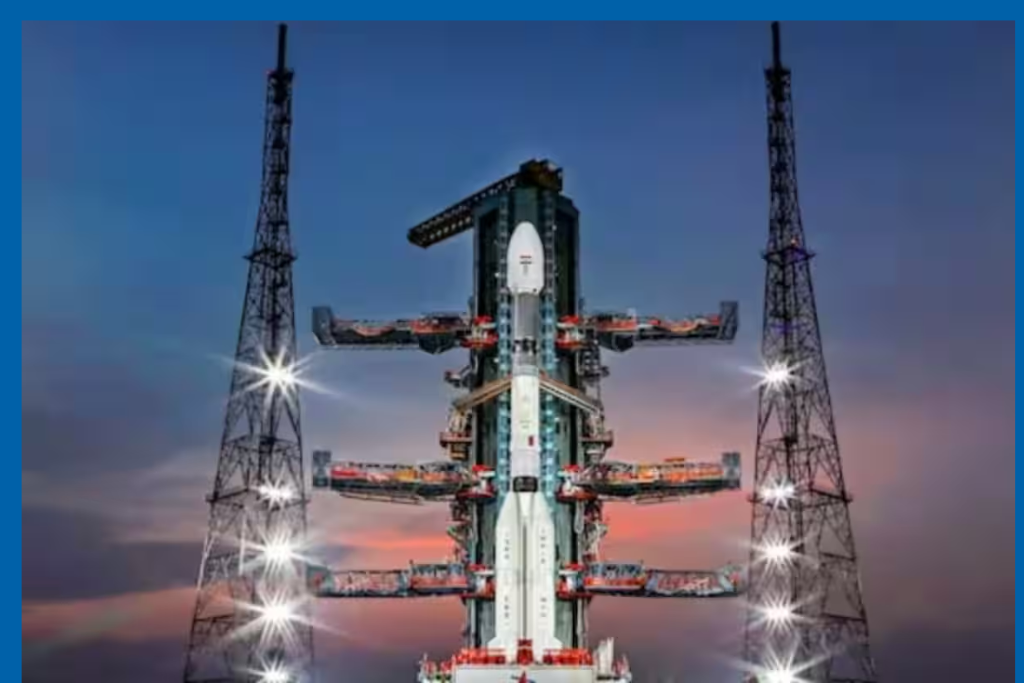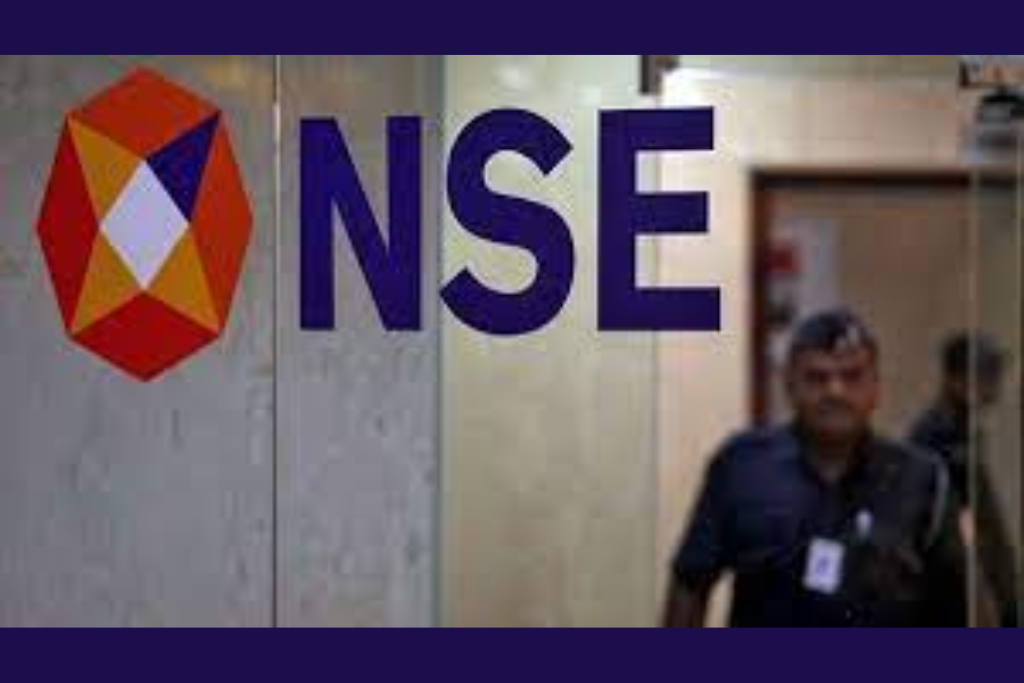The Indian Space Research Organisation (ISRO) is set to launch its third mission to the Moon, named Chandrayaan-3, from Sriharikota in Andhra Pradesh. The launch is scheduled for 2.35 pm on Friday. If the Chandrayaan-3 mission achieves a successful soft landing on the lunar surface, India will secure its place as the fourth country in history to accomplish this remarkable feat.
Currently, only the United States, Russia, and China have successfully executed soft landings on the Moon. By joining this exclusive group, India’s space program will showcase its technological prowess and further establish the nation as a significant player in the field of lunar exploration. This achievement would be a moment of immense pride for the Indian scientific community and a testament to the country’s commitment to pushing the boundaries of space exploration.
The journey from Earth to the Moon is estimated to take around a month, with the anticipated landing date set for August 23. Once Chandrayaan-3 reaches the Moon, it will operate for one lunar day, equivalent to approximately 14 Earth days. During this time, the mission aims to conduct various scientific analyses, including the study of lunar soil, exploration of the Moon’s surface using a rover, and recording moonquakes.
To propel Chandrayaan-3 into space, ISRO will use the Geosynchronous Satellite Launch Vehicle Mark 3 (GSLV Mk3), also known as LVM 3, which is a heavy-lift launch vehicle. Standing at a height of 43.5 meters and with a diameter of 4 meters, the LVM-3 is considered the most robust vehicle in ISRO’s fleet. It weighs an impressive 640 tonnes at liftoff and has the capability to transport payloads of up to 8,000 kilograms to a low-Earth orbit.
The Geosynchronous Satellite Launch Vehicle Mark 3 (GSLV Mk3), or LVM 3, is not only capable of transporting payloads to low-Earth orbit but also to more distant destinations such as the geostationary transfer orbit. With a lifting capacity of approximately 4,000 kilograms, the GSLV Mk3 demonstrates its versatility and adaptability in facilitating missions to a wide range of orbital destinations.
ISRO has taken significant precautions to ensure the success of the Chandrayaan-3 mission. Lessons learned from the previous Chandrayaan-2 mission, where contact with the lander was lost just moments before touchdown, have been carefully analyzed. The mission incorporates robust measures to handle potential component failures, including sensor malfunctions, engine breakdowns, algorithmic glitches, and calculation errors. These countermeasures have been put in place to maximize the chances of a successful landing.
The successful landing of Chandrayaan-3 would be a significant achievement for India’s space program and a moment of pride for the nation. It would also mark a milestone in lunar exploration, as the position of a successful soft landing has remained unoccupied since 2019. Both the missions from Israel and India crash-landed that year, while subsequent attempts by Japan and the United Arab Emirates (UAE) in 2022 also ended in failure.
Chandrayaan-3
aims to contribute to our understanding of the Moon and its resources. By studying the lunar soil, scientists hope to gain valuable insights into the Moon’s geological composition and history. Exploring the Moon’s surface with a rover will provide a closer look at its topography and features. Additionally, recording moonquakes can help scientists understand the Moon’s internal structure and its ongoing geological activity.
The launch of Chandrayaan-3 is a testament to India’s growing capabilities in space exploration. With each mission, ISRO continues to push boundaries and expand our knowledge of the cosmos. The Chandrayaan-3 mission represents another step forward in India’s space ambitions, contributing to the global scientific community’s understanding of the Moon and paving the way for future lunar explorations.
In conclusion, the launch of Chandrayaan-3 by ISRO represents a significant milestone for India’s space program. The mission aims to achieve a successful soft landing on the lunar surface, contributing to our understanding of the Moon and its resources. With robust measures in place to mitigate potential failures, ISRO is optimistic about the mission’s success. If all goes according to plan, India will join the elite group of nations that have successfully landed on the Moon, further solidifying its position in the field of space exploration.
For all the latest news, keep visiting The World News.



